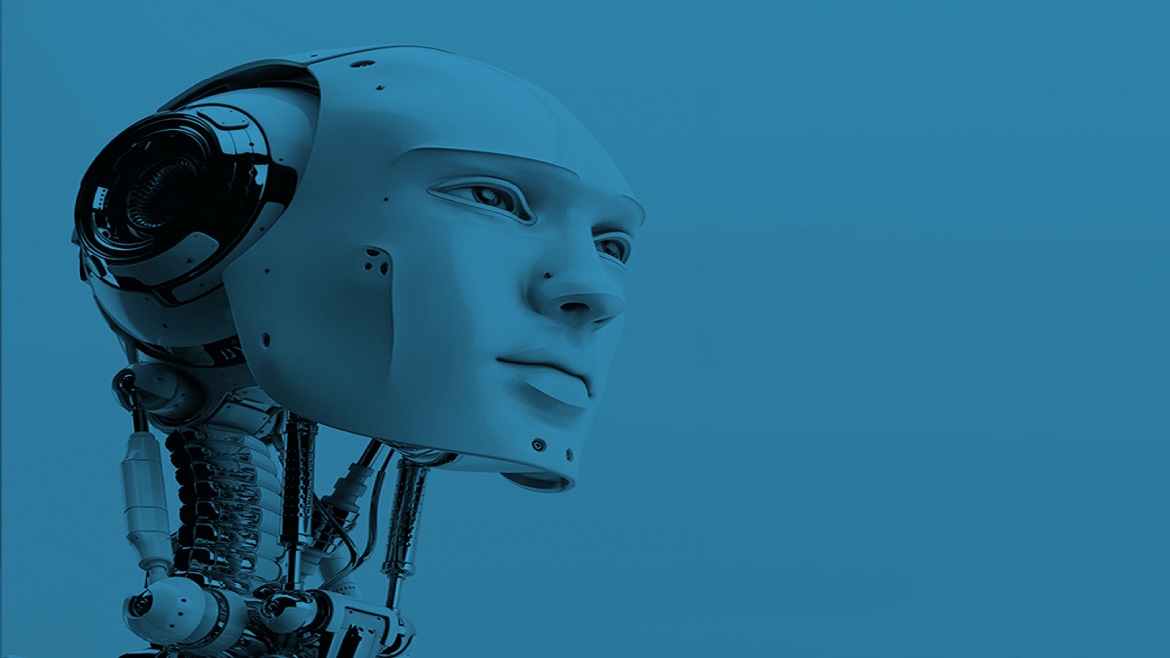IBM Watson, the supercomputer which famously defeated the all-time champions of the American quiz show Jeopardy a couple of years back, is part of pilot programmes under way at a handful of hospitals, including the Sloan-Kettering Cancer Center in New York. The computer’s ability to quickly search reams of medical journal articles and related, voluminous literature and other data, and to provide doctors with possible analyses of a patient’s condition, in digestible format right at the bedside, potentially means much faster patient diagnoses and treatments. In addition to vastly improving the efficiency of hospitals and care, this also has the potential, of course, of saving lives. The beautiful potential of “big data”.
In these pilots, nurses and doctors are tasked with “training” the computer – feeding it certain data about the patients’ conditions and grading the accuracy of the diagnoses it provides, as well as the treatments it proposes. And doctors will make the final decisions on actual treatments. The picture is one of harmony between the humans and the machines, each fulfilling their specific roles and not only augmenting the other’s abilities but enhancing them.
The scenario of computer-aided or -generated diagnosis and treatment, however, also present less rosy possibilities. If even a small part of the information fed into such computer programmes is inaccurate, misdiagnoses are possible. Doctors may make the treatment decisions, but the computer-generated treatment options put forward may be not quite the ones needed, for similar reasons. Such technologies as described above may indeed be only as good as the humans who programme and operate them, and who write the processes which govern their use. The history of healthcare is after all littered with examples of (costly) implementations of advanced technologies failing because humans – GPs, nurses, administrators and others – couldn’t come to grips with them.
This is but one vivid example of an area where the potential for people and technology can mutually enrich one another with fantastic benefits for society and business, but where the relationships between them can also easily break down. How humans and technology interact is the subject of an upcoming Economist Intelligence Unit study to be published in March. (Watch for excerpts focusing on specific industries – finance, healthcare and education – to begin appearing at the end of January.) These and many other related issues will also be discussed at our annual technology summit, Technology Frontiers 2013.
The views and opinions expressed in this article are those of the authors and do not necessarily reflect the views of The Economist Intelligence Unit Limited (EIU) or any other member of The Economist Group. The Economist Group (including the EIU) cannot accept any responsibility or liability for reliance by any person on this article or any of the information, opinions or conclusions set out in the article.




